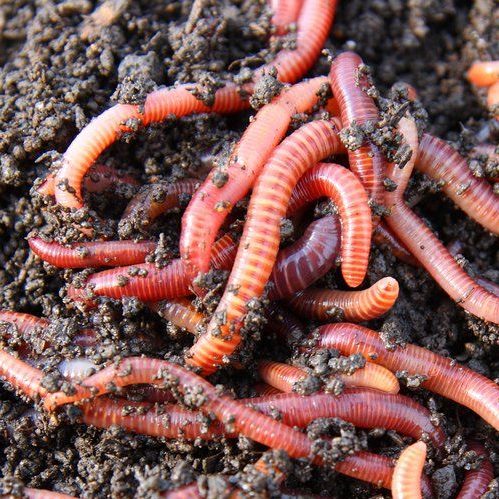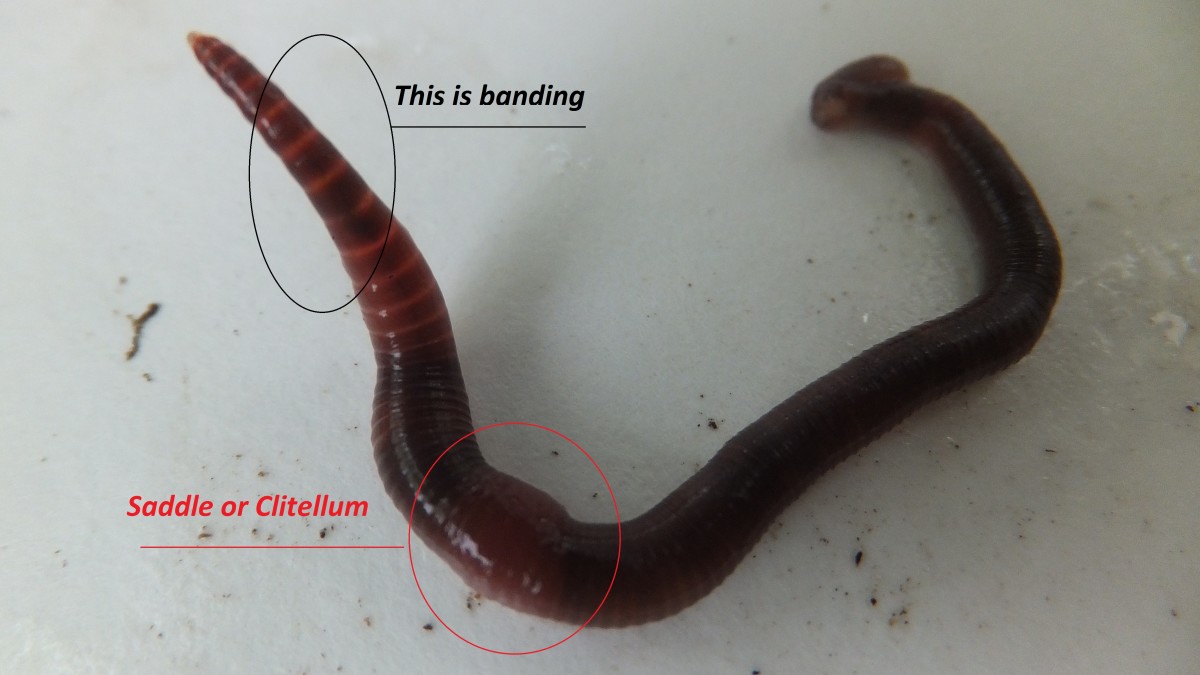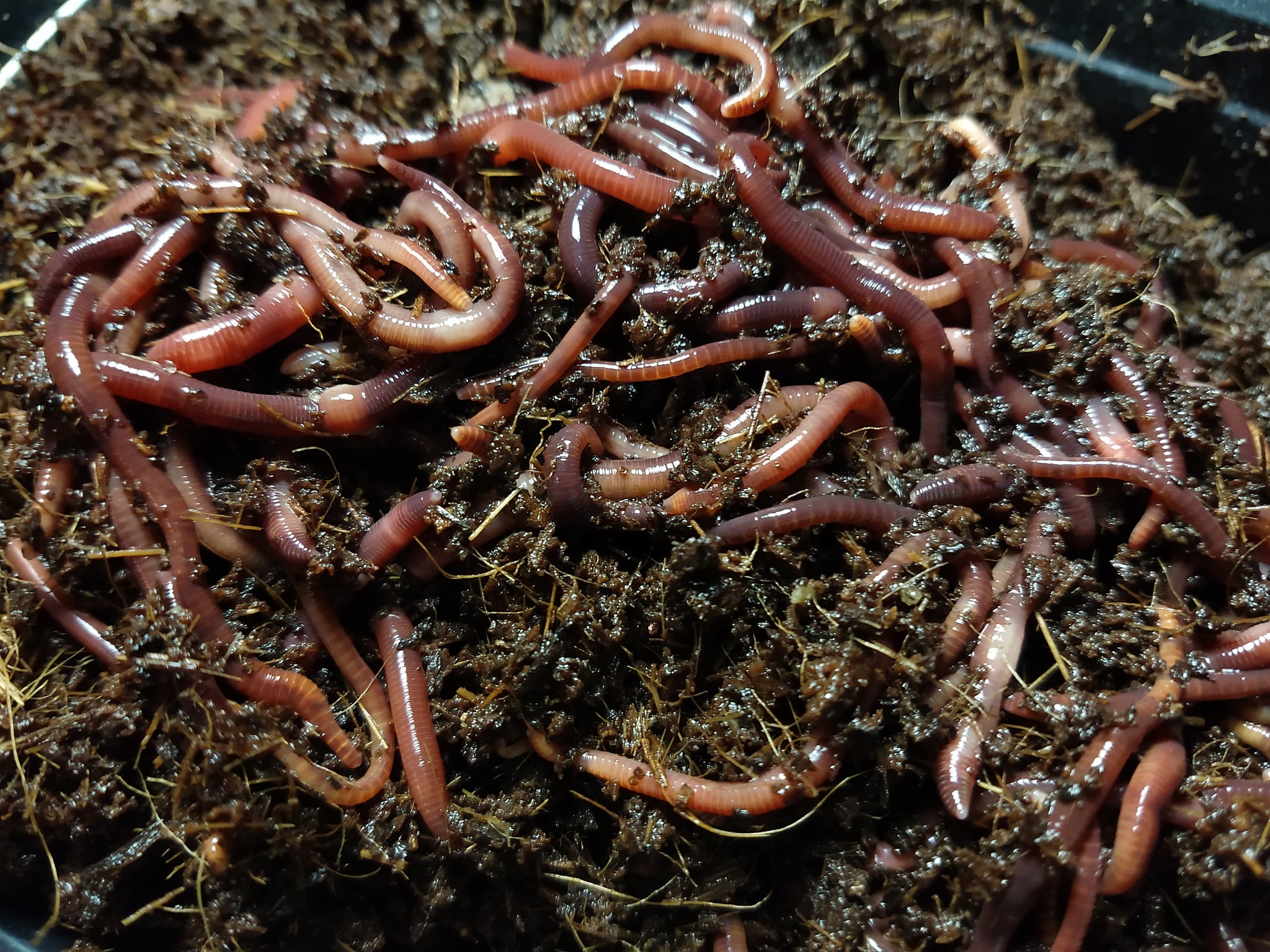Red Wigglers: The Unsung Heroes of Organic Waste Recycling
Red wigglers, or Eisenia fetida, function as essential agents in the organic waste recycling procedure, transforming discarded materials into useful vermicompost. Their reliable malfunction of organic matter not only improves soil high quality yet additionally adds to sustainable waste management practices. As the world progressively looks for remedies to battle waste accumulation and improve agricultural productivity, understanding the function of these worms comes to be essential. What devices enable them to flourish in garden compost settings, and just how can they be properly used in both household and commercial setups? Discovering these concerns exposes the broader implications of vermicomposting in our environmental landscape.
What Are Red Wigglers?
The impressive strength of red wigglers, clinically referred to as Eisenia fetida, underscores their crucial duty in organic waste recycling. These small, reddish-brown earthworms are commonly discovered in breaking down organic matter, such as compost heap and manure lots. Lake Hickory Bait. Unlike other earthworm varieties, red wigglers flourish in nutrient-rich environments and are very reliable at breaking down natural products, making them crucial for vermicomposting

(Red Wiggler Express)Along with their role in waste reduction, red wigglers add to dirt health by enhancing dirt framework and aeration through their delving activities (Lake Hickory Bait). Their presence in composting systems not only enhances disintegration prices but likewise advertises a lasting strategy to lose monitoring, illustrating their relevance in eco-friendly conservation initiatives
Advantages of Composting With Worms
Composting with worms, especially red wigglers, uses various advantages that boost both waste monitoring and dirt health and wellness. These worms effectively damage down natural waste, converting it into nutrient-rich vermicompost that improves dirt. This process increases decomposition, allowing for a quicker recycling of kitchen scraps and other organic materials compared to traditional composting approaches.
In addition, the vermicompost generated by red wigglers is teeming with advantageous microorganisms, which help improve soil structure, oygenation, and dampness retention. This improves the general wellness of plants, advertising energetic growth and raised returns in gardens and agricultural setups. In addition, using worms in composting reduces the production of greenhouse gases, such as methane, adding to an extra sustainable waste management system.

Just How to Start Vermicomposting
Establishing a vermicomposting system is an uncomplicated procedure that can produce considerable advantages for both waste management and soil enrichment. To start, pick a suitable container, such as a plastic bin or wooden box, with appropriate air flow holes to make sure correct air movement. The measurements should ideally be around 2 feet by 3 feet, enabling adequate room for the worms to grow.
Next, prepare bedding material, which can contain shredded newspaper, cardboard, or coconut coir. This bedding must be dampened to develop an ideal environment for the worms. When the bed linens remains in area, present red wigglers (Eisenia fetida) right into the container, usually around one extra pound of worms for every single square foot of surface location.
Following the positioning of worms, add organic waste, such as fruit and vegetable scraps, coffee premises, and smashed eggshells. With these steps, you will effectively launch a vermicomposting system that adds to sustainable waste management and improves look at this website your dirt.
Keeping a Healthy Worm Container
(Lake Hickory Bait)Maintaining a worm container thriving calls for routine focus and like make sure the health and wellness of the red wigglers and the efficiency of the composting procedure. Proper maintenance begins with monitoring the dampness degrees; the bin needs to be damp but not soaked. An excellent guideline is to keep a consistency comparable to a wrung-out sponge.
Oygenation is vital as well. Carefully blending the bed linens and food scraps every few weeks prevents compaction and ensures that all worms have accessibility to oxygen. Furthermore, it is important to feed the worms properly. A well balanced diet of vegetables and fruit scraps, coffee premises, and crushed eggshells must be offered in moderation to prevent overfeeding, which can lead to odors and parasites.
Temperature regulation is an additional essential element. Red wigglers flourish in a series of 55 to 77 degrees Fahrenheit. If the container becomes also hot or chilly, the worms might become worried - Lake Hickory Bait. Lastly, periodically look for indications of wellness, such as worm populace development and the presence of healthy castings. By vigilantly handling these aspects, one can keep a durable and productive worm bin.
Influence On Sustainable Living
The successful upkeep of a worm bin not just benefits the health of red wigglers however likewise contributes dramatically to lasting living methods. By recycling natural waste, such as cooking area scraps and backyard debris, red wigglers assist divert significant quantities of material from landfills. This reduction in waste not just reduces greenhouse gas discharges however also reduces the environmental concern related to waste management.
Moreover, the spreadings generated by red wigglers act as a nutrient-rich organic plant food, improving dirt wellness and advertising plant growth. This natural alternative to chemical plant foods supports lasting farming and gardening methods, decreasing dependence on artificial inputs that can hurt environments. Additionally, worm composting cultivates awareness of waste monitoring, motivating individuals and areas to embrace even more sustainable habits.

Final Thought
In recap, red wigglers offer as vital contributors to organic waste recycling through their reliable decay of organic materials. By integrating vermicomposting into waste management techniques, individuals and areas can significantly lower waste while advertising environmental sustainability.